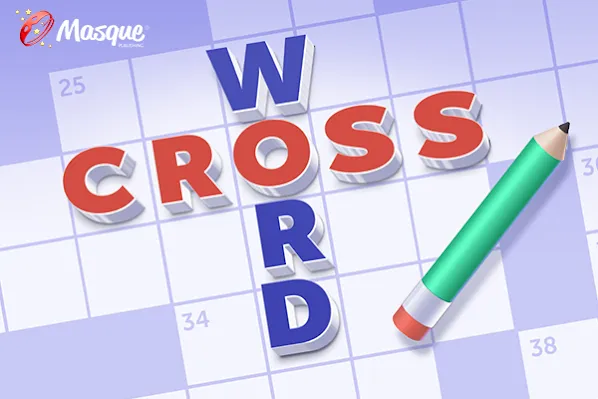Apartment Gardening: Yes, It’s a Thing, and Yes, You Can Do It

You’ve successfully babied a houseplant or two, and now you’re ready for the next step. But how do you garden without a yard? Living in an apartment doesn’t mean you can’t grow things: It just takes a little ingenuity and planning. Start small with a few pots, window boxes or hanging baskets to get comfortable, and add more as you gain confidence. Before long, you’ll be expanding your greenery to cover your balcony, windowsills and stair railings.
Just wait until you see how easy apartment gardening can be, thanks to these simple tips.
RELATED: The Easiest Vegetables to Grow Right Now
1. Check your light levels
The most important factor is making sure you have the right light for your plants. Indoors, south-facing windows provide the most light, and you’ll be able to grow houseplants that need bright light (such as rubber trees and fiddle leaf figs) here. Herbs, such as thyme, parsley and rosemary, also do well in bright light or on a windowsill. Another solution? Invest in a stand-alone LED grow light, or one that comes with a shelving kit for a dark corner of your apartment.

2. Scout a spot outdoors
If you have your heart set on edibles, you’re going to need to head outside. Unfortunately, most vegetables—especially heat lovers such as tomatoes and beans—don’t do well indoors. But they will thrive on a balcony, deck or windowsill in containers. Watch your outdoor space for a few days to determine how many hours of direct sunlight it gets. Plants that flower or fruit typically require 6 or more hours of sun, which is considered full sun. The rooftop is another option but ask your landlord if it’s OK to put containers there first.

3. Work with what you have
“Right plant, right place” is a saying you’ll hear frequently among gardeners. It means read the plant labels or descriptions before buying so you’ll know what conditions each plant prefers. For example, sun lovers will not flourish in shade, and shade lovers will sizzle in sun. Some things are simply non-negotiable with Mother Nature! Remember that full sun is 6+ hours, and part sun is about half that.

4. Stick with easy-to-grow plants
If you’re a newbie, choose plants that don’t require a lot of coddling. For houseplants, English ivy, sanseveria and peace lily are plants that grow in most light conditions and are hard to kill. For flowers, sun lovers such as marigolds, sweet alyssum and calibrachoa are great choices. Shade lovers—such as begonia, torenia and sweet potato vine—are super easy to care for.
While herbs and greens, such as lettuce and mesclun, are the least-fussy edibles to raise, more and more vegetables (think: tomatoes and beans) are being bred to grow well in containers. Look for the words “patio” or “bush” or “container” on the label or tags.

5. Pick the right container
Choose a container that has several drain holes (or drill them yourself); no plant likes soggy roots. Stick with ones that are at least 16 inches deep for most veggies, though window boxes are fine for plants that don’t have deep roots, such as lettuce, arugula or spinach. Fill with potting soil, not garden soil, which isn’t the same thing. Oh, and make sure you secure the window boxes so they won’t topple over.

6. Grow up
One way to make the most of what you have is to go vertical. Flowering vines such as mandevilla, morning glory and sweetpeas are absolutely stunning clambering up a trellis, though you could also go the veggie route, planting peas, cucumbers or pole beans. Secure the plants to the trellis with stretchy garden ties, which give as the plant grows. Hanging pots are another possibility, especially for strawberries and patio-type tomatoes.

7. Keep containers watered
Pots tend to dry out faster than garden beds so check daily, especially during hot weather. Stick your finger in to your second knuckle; if it’s moist, it’s fine to wait. If dry, go ahead and give it a drink. Soil pulling away from the sides of the container is another sign it’s time to water. Also, pots that are dark-colored or made of more porous materials, such as clay or ceramic, generally need water more often than plastic or metal because moisture evaporates more quickly from them.

8. Feed your plants
The necessity of frequently watering containers causes soil nutrients to leach out more quickly, so you’ll need to feed them regularly so they will continue to bloom or produce. Add a liquid or water-soluble fertilizer to your watering can, according to package instructions. Then sit back and enjoy the fruits of your labors!
RELATED: The Best Flowers for Bringing All the Bees (and Hummingbirds) to Your Yard
APARTMENT GARDENING ESSENTIALS:



Ergonomic Gardening Tool Set $40

Heavy Duty Gardening Gloves $25

PureWow may receive a portion of sales from products purchased from this article, which was created independently from PureWow's editorial and sales departments.
Solve the daily Crossword

